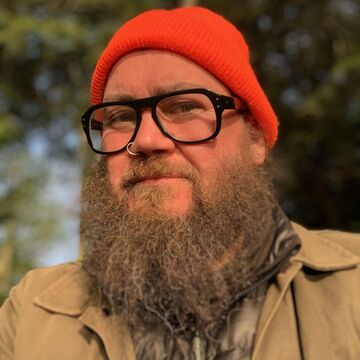

Brett Ian Balogh
Associate Professor, Adjunct
Contact
Bio
Education: BA, Biology, University of Pennsylvania (UPenn), 1999; MFA, Studio, Art & Technology Studies, The School of the Art Institute of Chicago. Exhibitions: Venice Biennale; Radical Networks, NYC; IEEE VISAP, Baltimore; Radius, Chicago; Experimental Sound Studio, Chicago; MoMA PS1. Publications: IEEE Art on Graphics; Signal Culture Cookbook; Parsons Journal of Information Mapping; Journal of Performance and Art; Leonardo Music Journal. Bibliography: Radio Art in the US, Transmission Arts, Handmade Electronic Music. Awards: Community Arts Assistance Grant, Met Life Creative Connections Grant, free103point9 Airtime and Distribution Grants.
Personal Statement
Brett Balogh is a Chicago-based artist, instructor and designer making sculptural, aural and cartographic explorations of the electromagnetic landscape with a current interest in alternative networking strategies.